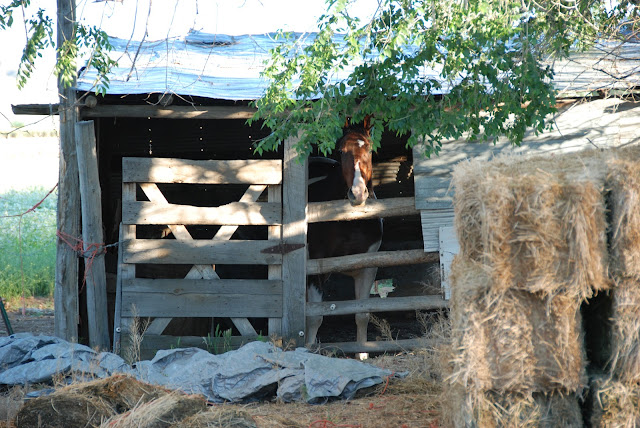1. What is a daguerreotype? What did the surface of a daguerreotype
resemble? When were they prominent? What photographic process did the
daguerreotype replace?
A daguerreotype is a direct-positive process that creates a detailed image on a sheet of copper plated with a thin coat of silver
without the use of a negative. The surface of a daguerreotype resembled a mirror, and at the peak of its popularity in 1850, the daguerreotype replaced Heliography.
2. What is an "albumen" print? What was the main "ingredient" of the albumen process? When did the albumen process die out?
The albumen print was divided silver and gold image dispersed in a mold of
egg white. It died out sometime towards the 1920's.
3. What is a "stereograph"? When were they popular?
Two almost identical photographs were placed on cardboard side by side and viewed with a stereoscope. When viewed this way, the photograph appeared three-dimensional, and were popular because of this.
4. What is a "carte de visite"? What were they used for?
A carte de visite was a small albumen print on cards 2- 1/2 by 4 inches and were used for exchanging portraits and put in family albums.
5. Who were Mathew Brady and Alexander Gardner? They both are notable
for what type of photography? When were they active? Post two noteworthy
photographs for each photographer.
 Mathew Brady was a photojournalist that took pictures of the Civil War, and Alexander Gardner owned one of one of Mathew Brady's few galleries and also took his own photographs. Mathew Brady used daguerreotypy during the war before 1875, and Alexander Gardner produced carte de visite portraits between the years 1862 and 1865.
Mathew Brady was a photojournalist that took pictures of the Civil War, and Alexander Gardner owned one of one of Mathew Brady's few galleries and also took his own photographs. Mathew Brady used daguerreotypy during the war before 1875, and Alexander Gardner produced carte de visite portraits between the years 1862 and 1865. 

















































.JPG)










